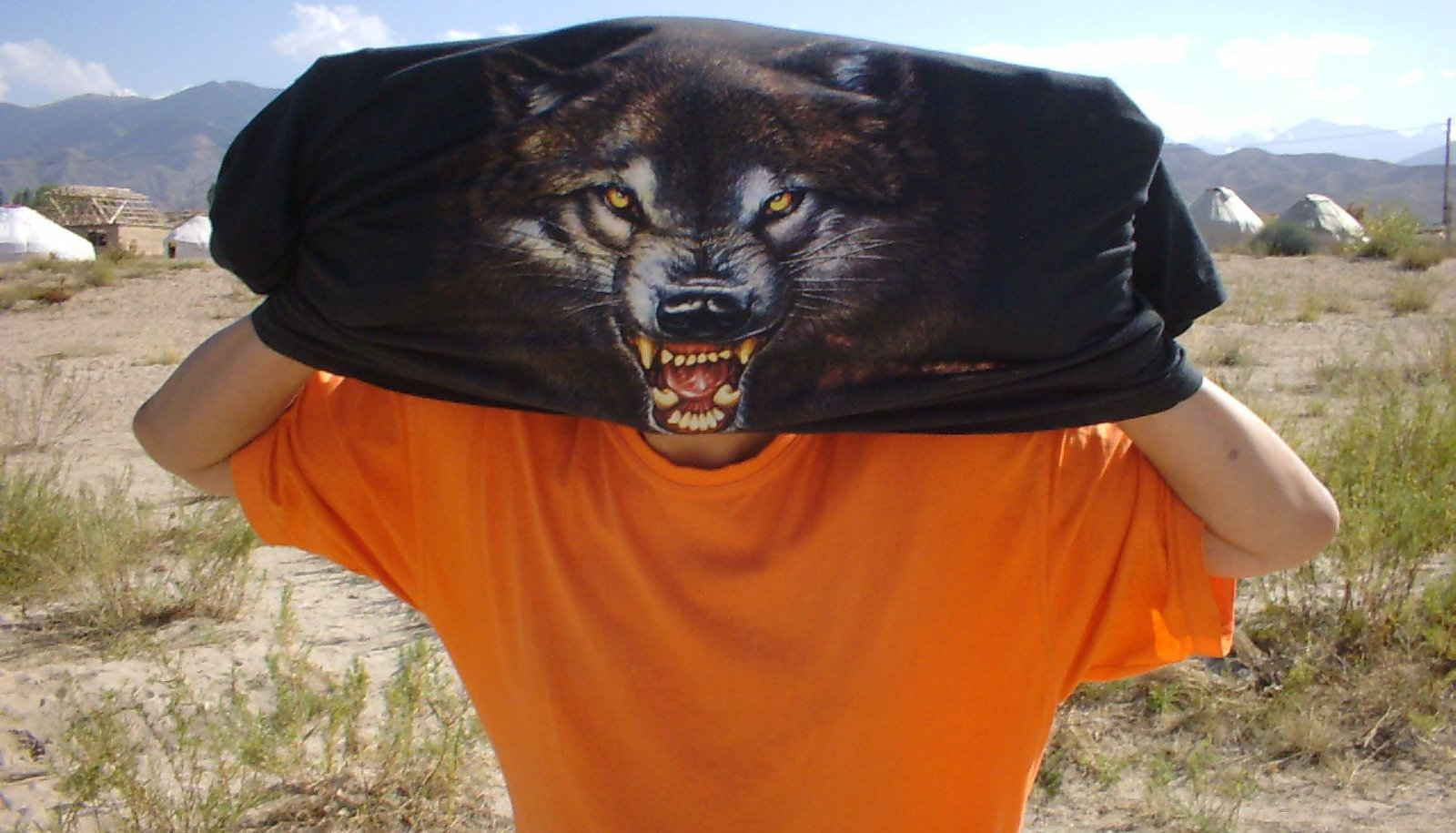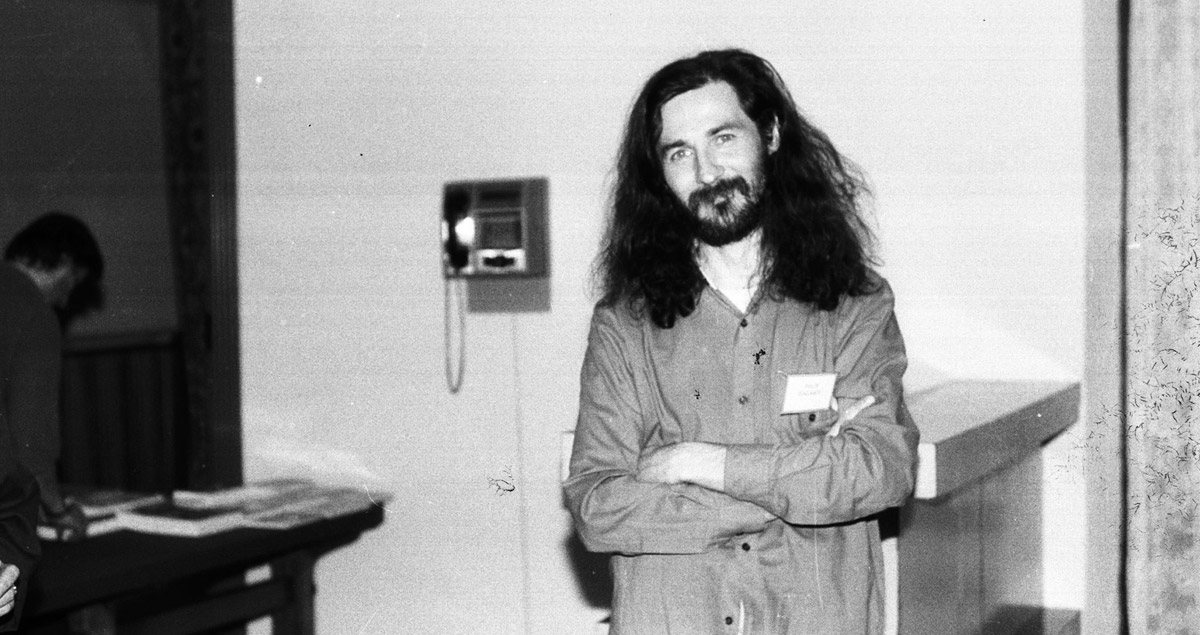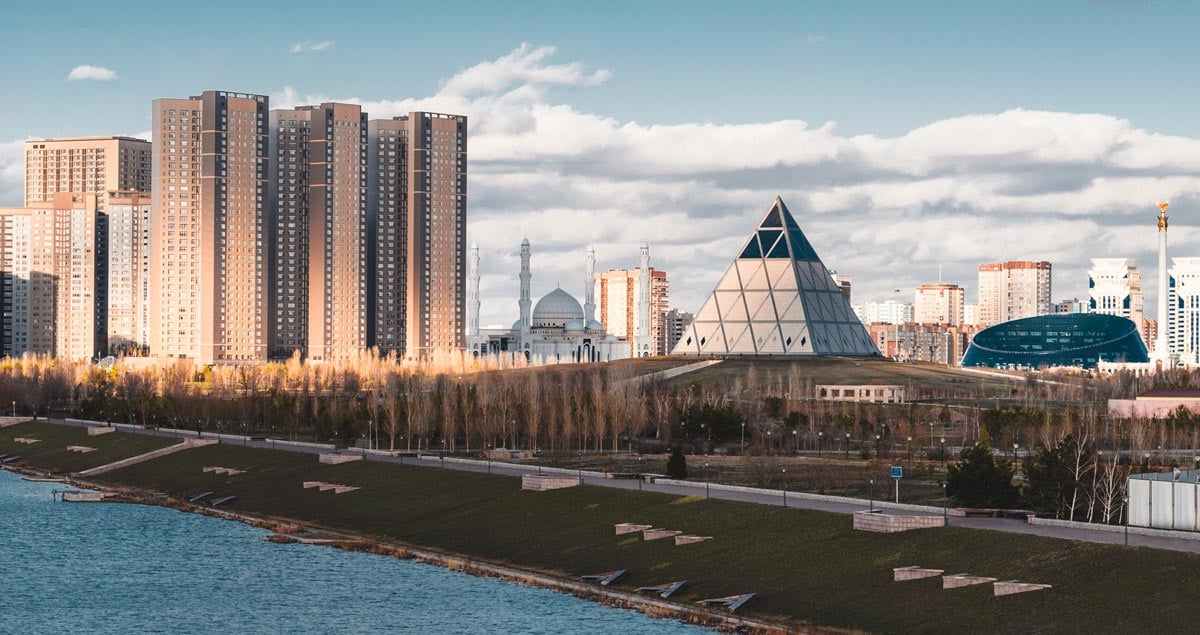Armenians are immensely proud of their cultural heritage. Ask anyone on the streets of Yerevan, and they’ll tell you that the streets of the capital are named after poets, musicians, and artists, all thanks to the country’s great artistic achievements.
Since achieving independence from the Soviet Union in 1991, Armenia has undergone two wars, multiple revolutions, political instability, and population decline. Yet the post-independence era has also opened new cultural doors, particularly for the eight million-strong Armenian Diaspora. After decades of feeling alienated from the Armenian Soviet republic, many of these overseas communities are returning with new interest to their newly-independent homeland.
While the past 30 years have seen an increase in Armenians abroad reclaiming their identity, Armenians at home have also sought to find new ways of embedding and reviving old traditions within their country’s contemporary arts scene. The result is a myriad of cultural figures who, whether at home or abroad, have dedicated themselves to continuing Armenia’s proud cultural legacy.
Music
Qele Qele
Sirusho
All the way back in 2008, singer Sirusho won Armenia a very respectable fourth place at the Eurovision Song Contest. Her offering, “Qele-Qele”, combined Eurovision-style upbeat pop with traditional Armenian melodies, alongside lyrics that blended English and Armenian. The timing was auspicious. Armenia had just emerged from a bloody episode of protest in the wake of the country’s 2008 presidential election. By putting Armenian culture centre stage — at least for a night — Sirusho’s near win was a much-needed victory for a country suffering from deeply wounded pride.
But Sirusho’s contribution to Armenian culture was not yet over. Born and raised in Yerevan, Sirusho is still weaving folk elements into her tracks, breathing new life to traditional music by adapting songs from 20th-century Armenian composer Komitas to become hum-worthy pop hits. As of today, Sirusho has released five albums, with crowds still flocking in droves from Armenia, Greece, and the Middle East to shake their hips to the country’s own J Lo.
Tigran Hamasyan
With his puzzling jazz rhythms and sheer pianistic abilities, Tigran Hamasyan is the undoubted star of Armenia’s contemporary music scene. At the age of 34, the pianist has released 11 albums, and befuddled the musical world with jazz combinations that draw on influences as diverse as thrash metal, dubstep and Armenian folk.
Hamasyan was born in modern-day Gyumri, and moved to LA as a teenager. Growing up, his idols were Black Sabbath and Led Zeppelin, and he dreamed of becoming a rock guitarist long before he started experimenting with Armenian folk as a teenager. Today, his musical range includes practically every music genre, from rock to beatbox.
Yet while Hamasyan fills concert halls around the world, he resides in Yerevan, where he continues to draw his inspiration. For Armenians, who pride themselves on classical composers such as Komitas and Aram Khachaturyan, Hamasyan is proof that the country’s musical identity is alive and kicking in the contemporary world too.
Djivan Gasparian
While Djivan Gasparyan may not be an international household name, the work of the late woodwind maestro — who passed away in July 2021 — has reached cinema screens around the world. From Blood Diamond to Gladiator, the deep sound of Gasparyan’s duduk, or Armenian traditional flute, takes centre stage in the award-winning soundtracks of a host of Hollywood cinema classics. Similar to the oboe, the duduk’s deep, viscerally moving sound was already the protagonist of many of Armenia’s melancholy folk songs. Gasparyan brought that same power to the global stage.
During a musical career that spanned the years 1948 to 2021, Gasparyan won four medals from UNESCO, released 16 albums, and collaborated with the likes of Ludovico Einaudi and Hans Zimmer. Djivan not only brought pride to Armenians, but also made the country’s traditional instrument an intrinsic part of modern cinema culture.
System of a Down
System of a Down topped the charts at the start of the century with rock hits such as Chop Suey! and B.Y.O.B., bagging a Grammy in 2006.
The band’s four members, Serj Tankian, Daron Malakian, Shavo Odadjian, and John Dolmayan, all have Armenian roots. While their lyrics have called out global issues like drug abuse and suicide, they have also called for the official international recognition of the Armenian Genocide.
While Armenia grappled with deep political and economic instability in the 2000s, System of a Down’s popularity gave a generation of Armenians not only representation, but a host of new role models to root for. For many, seeing members of one of the 2000s most famous bands speaking out on their issues instilled a deep love for heavy metal, as well as a sense of confidence while the country’s cultural scene was fighting for a place on the global stage.
System of a Down has been on hiatus since 2006. But the band still managed to surprise its followers in 2020, when the group released two new songs: They Protect the Land and Genocidal Humanoidz. Both were a response to the 2020 Nagorno-Karabakh War between Armenia and Azerbaijan.
In the meantime, band members are continuing to work on different musical projects. Tankian in particular has chosen to devote his career as an artist to Armenia-related activist causes, embarking on multiple charity projects in the country. He also acted as producer for documentaries such as I Am Not Alone, a film on Armenia’s 2018 Velvet Revolution, and Truth to Power, a documentary on Tankian’s personal fight for the recognition of the Armenian Genocide.
Film and Television
The Kardashians
While some may not be proud of the celebrity culture the Kardashians represent, the reality TV queens have without doubt put Armenia on the map for pop culture aficionados with otherwise little interest in the South Caucasus.
Kim, Kourtney, and Khloé are half-Armenian through their father, businessman and attorney Robert Kardashian. Perhaps Kimmy K’s iconic Armenian moment happened in 2015, when she visited the country with her now ex-husband, rapper Kanye West. While the pair were on a stroll in Yerevan’s city centre, Kanye jumped into the capital’s Swan Lake to give an impromptu concert: unfortunately, the police stepped in after crowds of fans also leapt into the water. Later in 2019, Kim travelled to Armenia again, and both her and three of her children were baptised at the Etchmiadzin Cathedral in Vagharshapat, the mother church of the Armenian Apostolic Church. Kourtney, who joined Kim for the trip, was also christened.
Yet beyond boosting Armenia’s global profile on the map, the Kardashians have sparked a somewhat difficult-yet-necessary national identity crisis. They have forced those in the country to reflect on the role of the diaspora as bearers of Armenian identity, especially when their values may not align with the more conservative ones at home. But the trio have also launched a conversation on the need to accept a more open, contemporary notion of Armenian-ness in the modern world.
The Promise
The Promise, the most expensive and ambitious film ever made about the Armenian Genocide, premiered in September 2016 at the Toronto International Film Festival. Expectations were high: it was directed by Terry George, director of the 2004 film Hotel Rwanda, and featured Golden Globe-winner Oscar Isaac, Academy Award-winning Christian Bale, and Canadian actress Charlotte Le Bon in the main roles.
The film brought hope and a renewed sense of strength to Armenians both in the country and in the diaspora, who hoped that The Promise would bring the Armenian Genocide the international attention it deserves. Sadly, the film was a box office flop: it grossed just $12 million against its $90 million budget.
Luckily, that didn’t deter the film’s producer, Survival Pictures. The studio was founded by Kirk Kerkorian, an Armenian-American businessman and philanthropist who didn’t intend to make a profit with the movie. Instead, The Promise fulfilled its mission of bringing the Armenian Genocide to the big screen.
Art
The 2015 Armenian Venice Biennale
Venice holds a special place in the heart of Armenians. The city’s Grand Canal is home to St Lazzaro degli Armeni, a small island monastery, given as a gift by the Venetian people to the Armenian Church in 1717. But in the realm of contemporary culture, it is the Venice Biennale that reigns supreme — and in 2015, Armenia’s pavilion won the Golden Lion for best national pavilion.
The Golden Lion marked Armenia’s first win at the Venice Biennale, and the country’s most significant recognition on the international contemporary arts scene since independence. But the exhibition was also groundbreaking for its complex topic: the definition of Armenian identity.
Titled Armenity, the exhibition featured a group show by 18 diaspora Armenian artists, the grandchildren of Armenian Genocide survivors. Curated by Adeline Cuberyan von Furstenberg, a Swiss citizen of Armenian origin known for her pioneering approach to contemporary art, the exhibition saw the jury praise “each artist engaging their specific locality, as well as their heritage”.
Literature
Three Apples Fell From the Sky
“And three apples fell from heaven: one for the storyteller, one for the listener, and one for the eavesdropper”. With this Armenian proverb, Narine Abgaryan opens her fable-like book, an ode to intergenerational trauma and timeless folk traditions that recently made waves in the literary world.
In the ancient highland village of Maran on the slopes of Mount Manish-Kar, Anatolia Sevoyants lays down for her last breath. After suffering natural disasters of biblical magnitude in recent years, Maran has been consigned to oblivion. A war rages in the remote, outside world, and now only 23 families still populate the village. Yet as Anatolia reflects on her fate, Maran’s own saga of curses, local myths, catastrophes, tragedies, love, and loss unfolds. In an entrancing, omniscient narrative voice that oscillates between past and present, Abgaryan recounts the relationships and misfortunes of the villages through idiosyncratic characters. Even though plot points are scarce, their story comes alive through vivid magical realist imagery.
The novel was published in Russian in 2015, and quickly became a bestseller. Five years later, it was translated into English. Although an Armenian translation is still pending, the book’s representation of Armenian history and traditions, and its international recognition have earned it a place in Armenia’s cultural landscape. Although fictional, the intergenerational sense of tragedy and loss in Abgaryan’s book also mirrors that of the Armenian psyche in the country and across the world today. Riveting and fresh, Abgaryan’s Three Apples masterfully succeeds at sketching the soul of a nation within the fables of a magical, timeless world.


